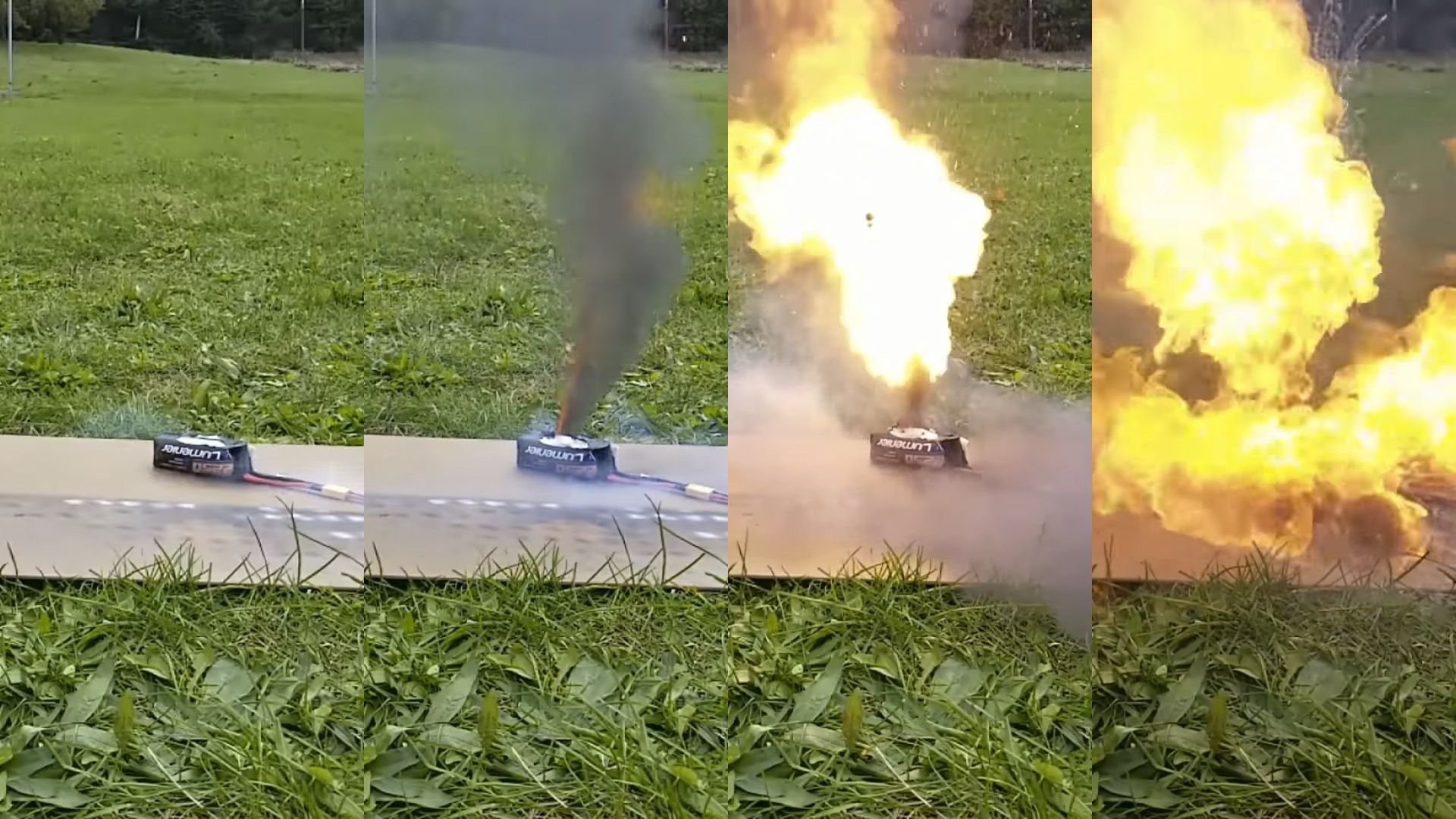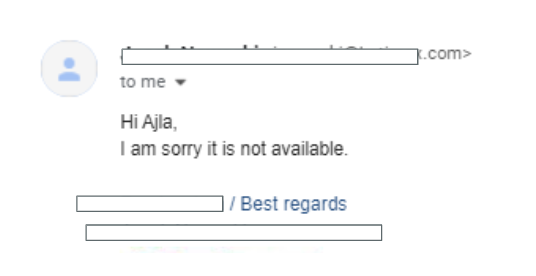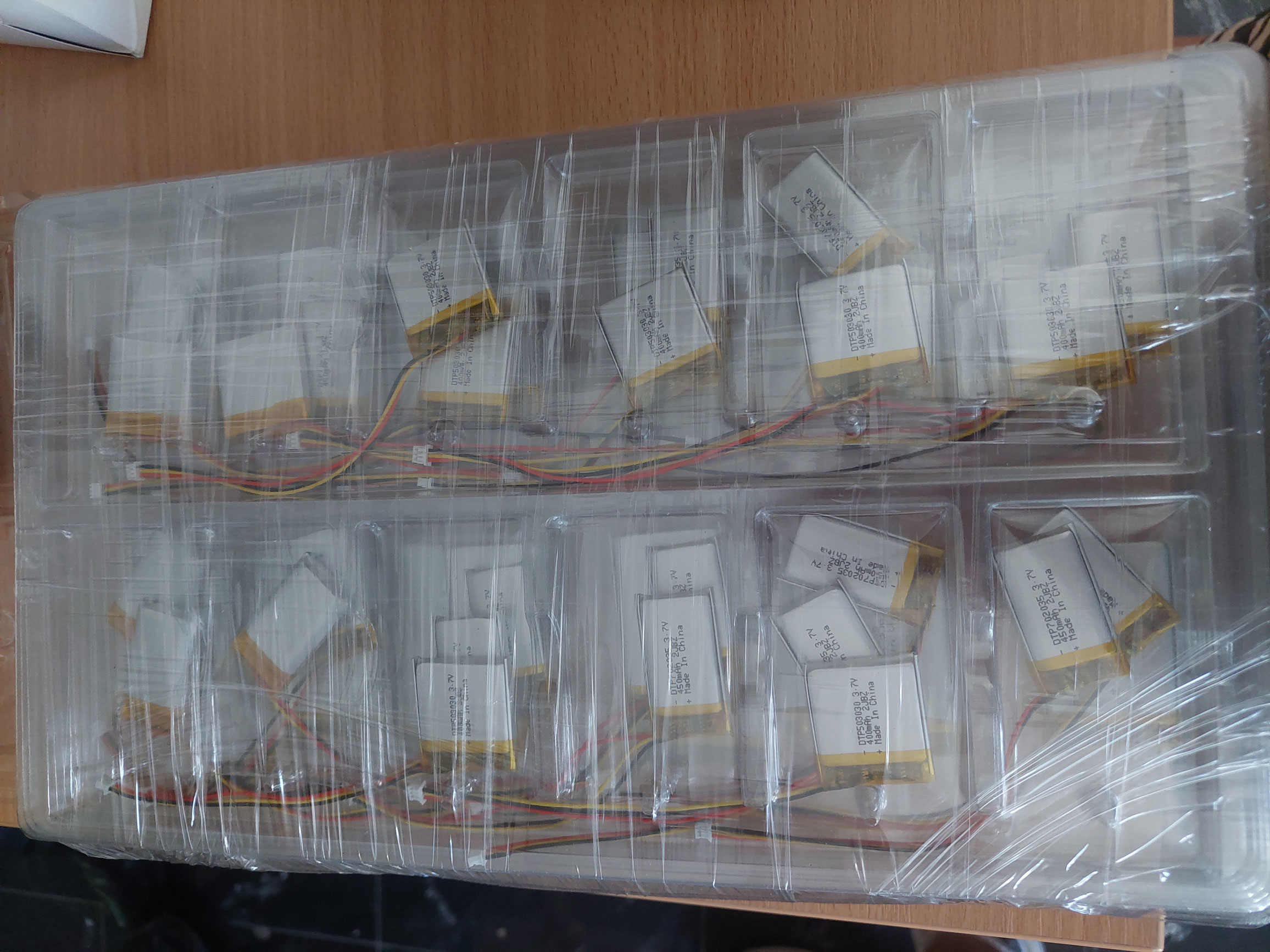Experience with sourcing LiPo batteries
Have you ever heard of a lithium polymer (LiPo) battery?
I was unaware of them until I needed to purchase them, and the batteries had to meet certain specifications such as size, connector type, and power.
Prior to that, batteries were widely available in my world. They were reasonably priced (depending on the manufacturer and application), and my only obligation was to remember to purchase them at the checkout before leaving the supermarket. We most frequently use/purchase alkaline batteries (cylindrical shape) and lithium batteries (button/coin shape) for our watches, remote controls, lamps, digital cameras, and toys. They are single-use batteries that are not particularly environmentally friendly because they are typically thrown in the trash after use.
I was curious to learn why the procurement of LiPO batteries turned out to be the opposite. My investigation started with the question, “What are LiPO batteries?”
A lithium polymer battery, also known as a lithium-ion polymer battery (or LiPo, LIP, Li-poly, lithium-poly, etc.), is a rechargeable battery that contains a substance known as a polymer electrolyte instead of a liquid electrolyte.
Why is this information important?
A lithium-ion battery pack is made up of lithium-ion cells, each of which has a positive electrode (cathode), a negative electrode (anode), and in between a chemical compound called an electrolyte. Liquid electrolytes can leak, burn, and distort the battery’s internal structure, swelling it in ways that can lead to a catastrophic failure. (from exploding laptops to grounded airplanes)
As a result, switching from liquid to solid electrolyte seemed like a logical solution. However, solid polymer electrolyte cells have not yet reached full commercialization. Commercially available LiPos are hybrids: either a high conductivity semisolid gel polymer or a liquid electrolyte in a pouch format.

What are they used for?
Lithium is one of the lightest elements and has the highest electrochemical potential of any element. This allows a lithium-ion battery to store a lot of energy in a small, light battery. As a result, lithium-ion batteries have become the preferred power source in a wide range of electronic devices, including smartphones, tablets, drones, power banks, ultra-thin laptop computers, wearables, wireless controllers for video game consoles, electronic cigarettes, radio-controlled aircraft, and most of the electric vehicles.
Can LiPo Batteries Explode?
The simple answer to this question is YES, even the hybrid ones can explode. However, this is primarily due to the following factors:
1. Used or damaged (puffy) batteries are more likely to explode. The best option is to purchase batteries from a trusted company.
2. Overcharging and heating – use a charger that is compatible with your battery and avoid high temperatures and sunlight exposure.

3. Wrong positive and negative terminal connection – If your connection is loose and touches the opposite side of the connection, an explosion may occur.
4. It is recommended to charge a LiPo batteries only with a compatible charger. The charger should be of high quality in order to provide the necessary voltage during the charging process.
5. Battery mishandling or puncture can result in a release of energy and an explosion.
LIPO Battery Purchase
Considering all of these reasons, you can imagine why obtaining LiPo batteries was not an easy task for me. I was initially focused on just how to purchase batteries. My colleagues had the specifications for the size of the batteries and the connector. So we began our search, and after numerous emails and requests, we were able to order the batteries from the EU. The main reason was that we expected delivery to be faster, easier, and less expensive. And we faced disappointment. We had to wait nearly three months total for the batteries. The manufacturer stated there is a long waiting line, and the production took over a month, while the expected waiting time was only 14-21 days.
Then they had a delivery problem (we paid express delivery but received the batteries via regular post). During this time, we did not receive any notifications about the shipment from the supplier, we had to search and ask for information ourselves, and after we asked for a refund, we were informed that the battery was sent by regular post.
LIPO Battery Export
This could have been the end of our problems, but when we decided to export batteries. Except for DHL, none of our country’s current shippers wanted to ship the device with an integrated LiPo battery via airplane. We couldn’t use road transportation because our client immediately needed the gadgets.
DHL then requested the battery data sheet and, more importantly, the MSDS (Material Safety Data Sheet), which is a document that contains information on the potential hazards (health, fire, reactivity, and environmental) and how to work safely with the chemical product.
So, logically, I requested the documentation from the seller. I waited a while for an answer, which was simple:

Then, I contacted the battery manufacturer in China, and after some back and forth, we got the necessary documentation. And export devices.
Ordering Batteries from Chinese Manufacturer
We didn’t want to be in the same situation again, so we decided to put an end to it by finding a responsible and high-quality battery manufacturer. As a result, I began looking for manufacturers in Europe and China. We decided to try a Chinese manufacturer because China dominates global lithium-ion battery production and there’s no doubt about that. (Chinese lithium reserves in 2018 were one million metric tons, nearly 30 times US levels).
They provided us with all the required documentation (including datasheets and MSDS), were very responsive to our emails, and never questioned the delivery due to the quantity order. (Because most EU companies were not prepared to sell the samples simply).

To our surprise, we waited only four weeks total, even though the estimate was three weeks for the modifications and two weeks for the delivery. The batteries were ready in 2 weeks, and in less than two weeks, they had already arrived to us. And, after deducting all costs (transport, import taxes, etc.), we ended up paying a similar amount as to our EU supplier, but with less stress, headache, and worry.
Overall, ALWAYS TRUST YOUR INSTINCTS. Find someone who will respond to your emails – this is something I expect from anyone running a serious business, particularly one with an online store. In this digital age, we can easily choose which emails, messages, or phone calls to prioritize and when to respond to them. Time is money, especially in business, and when it comes to prototyping and assembly, the best time to order something is YESTERDAY! There can hardly be a waste of money (you will receive the part sooner or later), but there can easily be a waste of time (not doing anything while waiting for a part) – it is up to you to decide which is more important to you.
About the author

Ajla Šehic
Marketing Manager
Digital marketing and tech enthusiast, polyglot, and overall a person with a wide range of interests

S